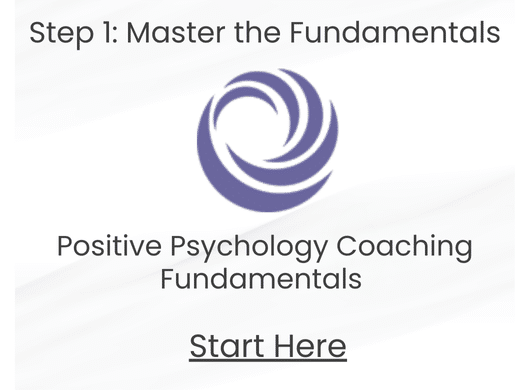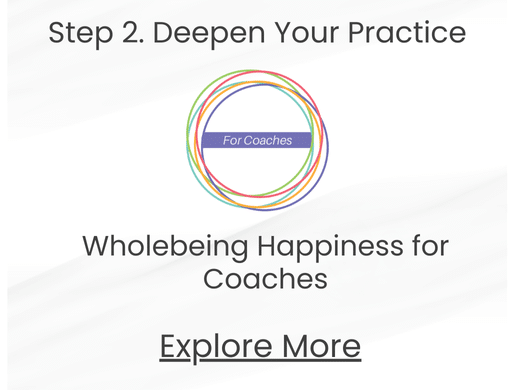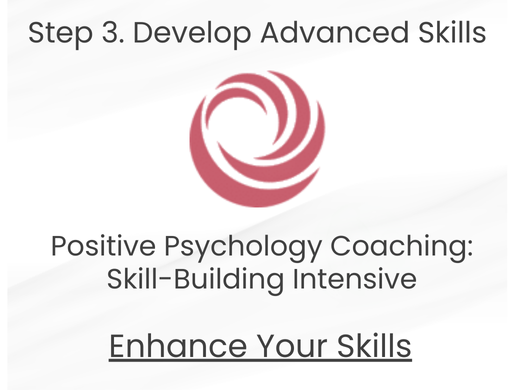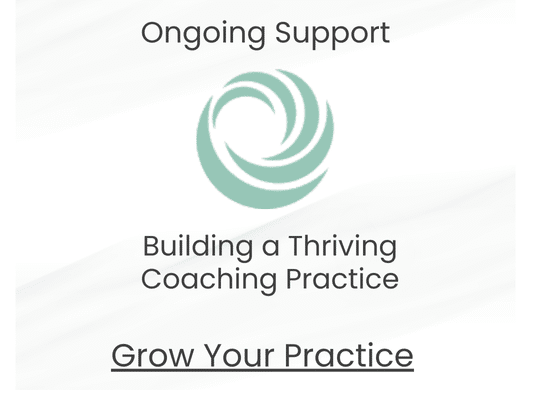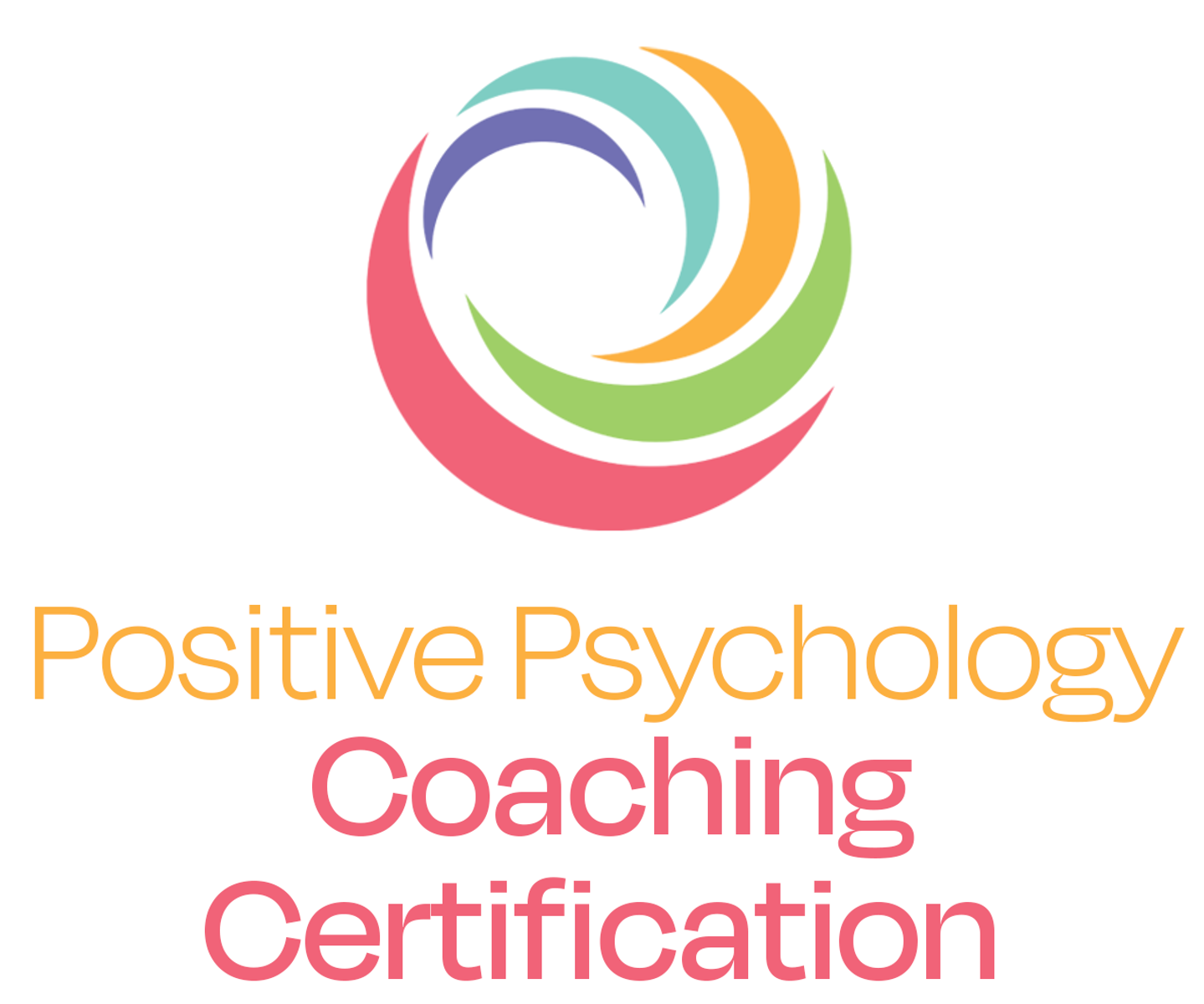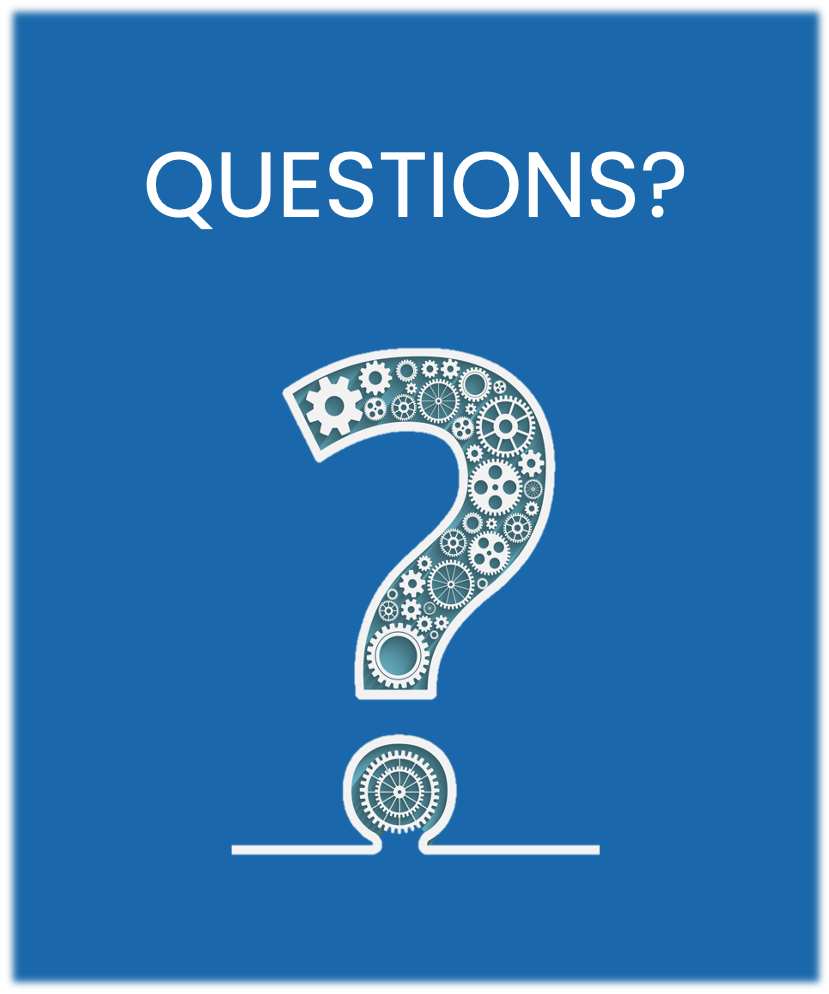By Mina Simhai
What is your dearest wish?
What holds you back from achieving it?
These strike me as questions out of a self-help book, yet they come to us from Gabriele Oettingen, an NYU and University of Hamburg psychology professor who has spent the last 20 years conducting scientific research on wishes, how we fulfill them, and what stands in their way.
In her book Rethinking Positive Thinking: Inside the New Science of Motivation, Oettingen offers proven tools for thinking better, clarifying our goals, achieving the attainable ones, and identifying the internal barriers that hold us back. Her toolkit is straightforward: a four-step process called “WOOP” (Wish, Outcome, Obstacle, Plan). Her free WOOP app succinctly guides us, making it easy and convenient to WOOP on the bus, in the dentist’s waiting room, or almost anywhere else.
Sometimes I mistakenly believe that things need to be complicated in order to be worthwhile. I confuse simplicity with a lack of refinement and sophistication. Yet, in this case, nothing could be further from the truth. I love sleek architecture and modern furniture, so why not sleek positive psychology tools, too? Through dozens of experiments over two decades, Oettingen has been able to streamline her reams of data into a user-friendly app, book, and tool. As someone who is trying to WOOP my own life, I’m grateful that she has made the process straightforward.
Step 1: Wish
In our fast-paced world, we often lose sight of dreaming, wishing, and fantasizing. Our goals become the ones imposed from the outside, or in reaction to others. Oettingen prompts us to imagine our most important wishes and select one that is “challenging but attainable.” Wishing is refreshing. Try it for a couple minutes, see what bubbles up, and write it down.
Advice on positive thinking often stops here: Make a wish, put it out to the universe, and wait for the bounty to fall in our laps. Oettingen cautions against this approach, citing research that shows that just imagining our success actually makes us less likely to invest the hard work necessary to turn our wishes into reality. Yet elbow grease alone doesn’t ensure success. To increase our odds of achieving our wishes, we continue WOOPing.
Step 2: Outcome
This is the juicy part. Through her research, Oettingen has found that the next question to ask ourselves is: What would be the best thing, the best outcome about fulfilling your wish? How would fulfilling your wish make you feel?
We can treat this step—indeed, all the steps—like a mini meditation. After posing these questions to yourself, quietly observe everything that comes up. The first outcome we identify is often a “surface outcome,” but, as we continue to revel in the possible outcomes, we discover something much deeper. For instance, I am currently WOOPing about eating better and losing weight. The surface outcome might be, “I look better in a bathing suit” or “I feel more attractive.” So I kept drilling down.
Q: Why do I want to look better in a bathing suit?
A: So I stop avoiding going to the pool with my kids.
Q: Why do I want to go to pool more with my family?
A: So we can enjoy summer and my kids can learn how to swim.
Q: Why do I want to have a fun summer with my kids and teach them to swim?
A: To create magical moments of connection and empower them to freely enjoy the water and the beach as they grow up.
That process surprised me and made me realize that I can connect with my kids and swim regardless of what I eat. I just finished my kale salad and I’m sticking with healthy eating, but WOOPing helped me realize that I can nourish myself in many ways. Healthy eating, building deep relationships, and helping my kids develop a sense of mastery and appreciation are all ways to attain that deeper nourishment I crave.
Desired outcomes are personal. For someone else, the desired outcome of healthy eating might be feeling more confident, having more energy, avoiding or managing a disease, or going vegetarian.
Step 3: Obstacle
Now the fun is done. Oettingen reminds us that things don’t always work out and instructs us to identify “the main obstacle that stands in the way of you fulfilling your wish. What is it within you that holds you back from fulfilling your wish?”
As we did with the outcome, we drill down here, identifying a myriad of obstacles and deciding which one holds us back most. Initially, you might notice the obstacles outside yourself. Continuing with the healthy eating example, I might encounter obstacles such as not finding time to get to the farmer’s market, too many donuts in the office Friday mornings, my kids’ love for the burger joint around the corner, or a looming deadline at work that’s sucking up my energy.
While these external barriers don’t support healthy eating, they are not the real problem. Oettingen encourages us to go deeper if we dare. There I might discover internal obstacles that prevent me from making my wish a reality, such as not having much willpower; feeling that I deserve a treat because I work so hard; believing at some level that I’m not worthy of healthy, nourishing meals; being afraid of looking “hot” because I wouldn’t know what to do with all that attention, etc.
According to Oettinger, WOOPing is effective because it works on our unconscious by forming “a link between the desired future and present reality” and “forg[ing] powerful, nonconscious associations between the obstacles we perceive and the instrumental behavior we need to take to overcome the obstacle.”
Once we identify the obstacles, two things can happen. First, we might realize that our goal is not attainable and decide to focus on one that is; it is through this process that WOOPing helps us set realistic goals, Oettingen maintains. For example, maybe I’ve been fantasizing about becoming president, but, after I reflect on the obstacles in my way, I decide that developing a consulting practice might be a more attainable next best step. Hillary Clinton might come to a different conclusion after her WOOPing process.
Step 4: Plan
Lastly, we form a specific “if, then” plan for addressing the obstacle if and when it arises. If, for example, I identify “I numb myself to challenging emotions with cheesecake,” as my main obstacle, then my plan becomes, “If I feel the urge to eat cheesecake, then I will journal for five minutes about the emotions I am experiencing.” Now I have a strategy to deploy when temptation strikes.
As you can see, WOOP is relatively simple to explain. The art lies in remembering to practice it daily (or as often as serves you). Over time, it can create a new way of thinking, one that empowers us to identify and pursue achievable goals, accurately assess and overcome obstacles, and become more intentional in our lives as we arm ourselves with concise plans.
So download the WOOP app, read Rethinking Positive Thinking: Inside the New Science of Motivation by Gabriele Oettingen, leave a comment below, and join us to discuss WOOPing on our next WBI book club call.
Click here to learn more about this book discussion with Mina.
When: Tuesday, July 12, 2016, at 7:30 pm EST
Conference Call Dial-in: 323-476-3997
Conference ID: 218555#
International callers click here: //yourconferenceline.com/local/
Mina Simhai earned her Certificate in Positive Psychology from the Wholebeing Institute, and served as a teaching assistant for CiPP4. She is also a recovering lawyer, yoga teacher and mother. Her latest project is bringing the tools of positive psychology to lawyers and others in the DC area and across the country. Her top strengths are judgment, love of learning, curiosity, love, and appreciation of beauty. Mina is an avid reader and looks forward to launching the WBI Book Club with you.



